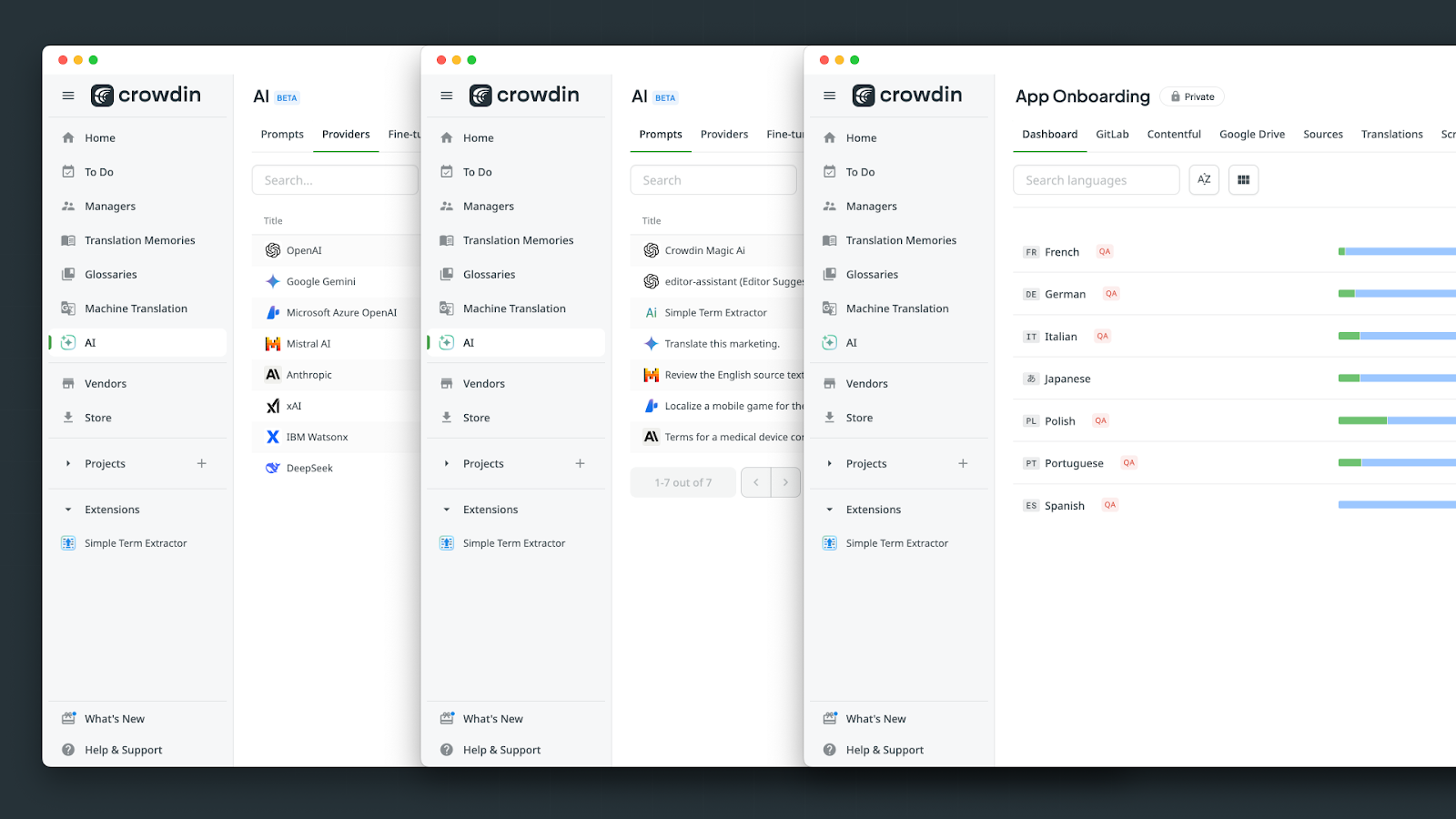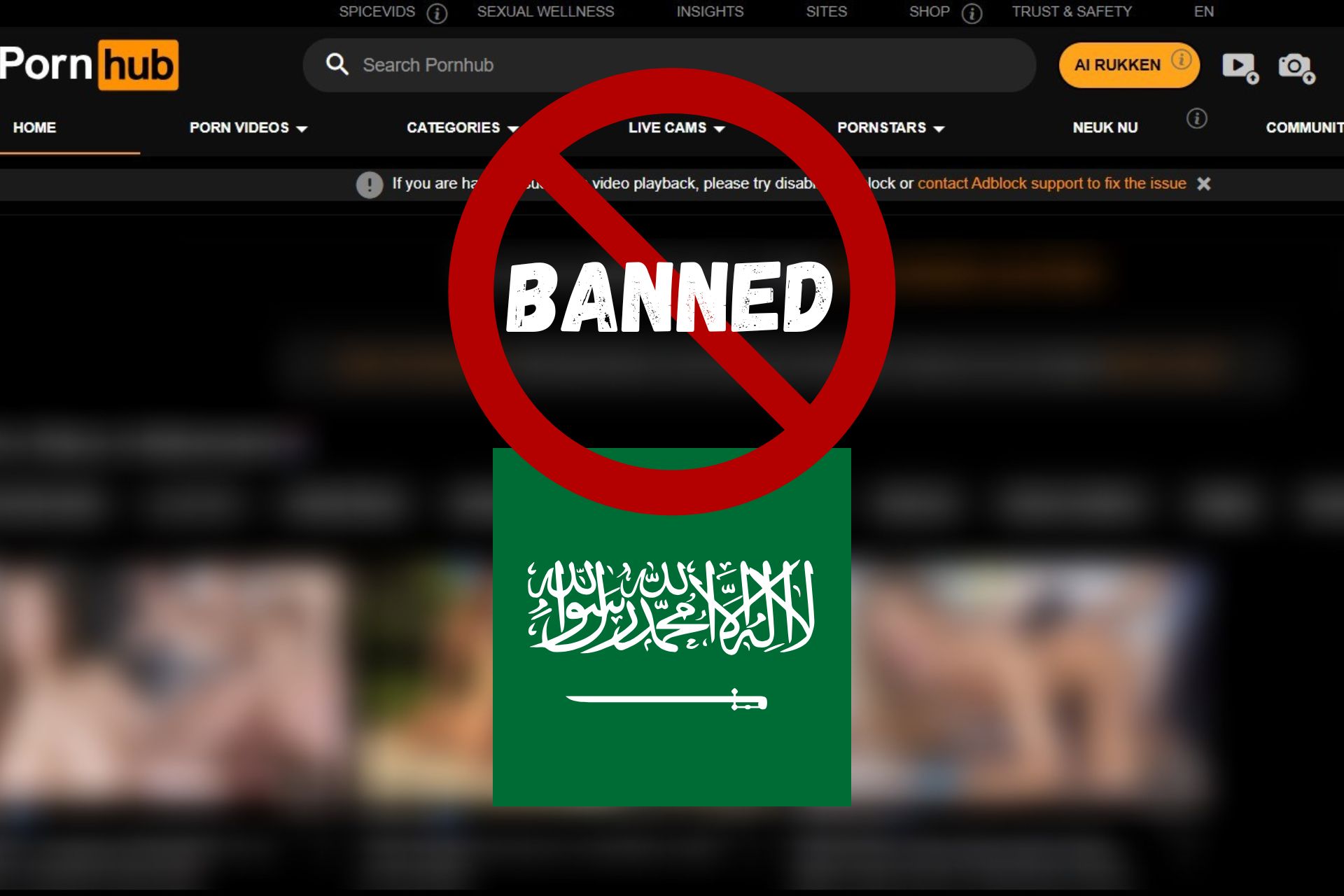Here's how to do an unattended upgrade from Windows 7 to Windows 10
2 min. read
Updated on
Read our disclosure page to find out how can you help MSPoweruser sustain the editorial team Read more

Windows 7 is going out of support in 1 week, leaving only a few days to upgrade to an OS which is actually getting security updates.
If you want to do it faster, there is now a PowerShell script which can do the whole song and dance almost completely unattended.
Developed by the /r/PowerShell, the procedure is as follows:
After running the usual Windows Updates to get your W7 installation as up to date as possible, on Windows 7 SP1 (which has PowerShell built-in)
- Click on the Start button, type in Powershell, right-click on “Windows Powershell,” and select “Run as Administrator.”
- In PowerShell, type Set-ExecutionPolicy Unrestricted and hit enter. This allows PowerShell to make registry changes.
- Close PowerShell.
Now to set up the script:
- Open Notepad and enter:
$dir = “c:\temp”
mkdir $dir
$webClient = New-Object System.Net.WebClient
$url = “https://go.microsoft.com/fwlink/?LinkID=799445″
$file = “$($dir)\Win10Upgrade.exe”
$webClient.DownloadFile($url,$file)
Start-Process -FilePath $file -ArgumentList “/quietinstall /skipeula /auto upgrade /copylogs $dir”
- Save the file with any name, but change the extension from .TXT to .PS1
- Right-click on your new .PS1 file and select “Run with PowerShell.”
- Agree to allow “Microsoft Windows” to make changes to your computer.
That’s it. A PowerShell window will briefly appear and disappear, and then you won’t see anything else for some time. At some point, the desktop will reboot, however. You can check that the upgrade is actually happening by checking for the “Windows10UpgraderApp.exe” in Task Manager.
Note that the script results in an upgrade, so your files and apps should still be there in the end, but a full backup is probably advised. Also when upgrading from Windows 7 to Windows 10 not all your apps may work due to compatability issues.
The update should be activated, and if not you can activate it using your Windows key.
As a security measure, you may want to remove PowerShell’s ability to make registry edits at this point.
- Click on the Start button, type in Powershell, right-click on “Windows Powershell,” and select “Run as Administrator.”
- in PowerShell, type Set-ExecutionPolicy Restricted and hit enter. This allows PowerShell to make registry changes.
- Close PowerShell.
Readers, of course, try this trick at their own responsibility. Let us know how well it works in the comments below.
Via LifeHacker









User forum
0 messages